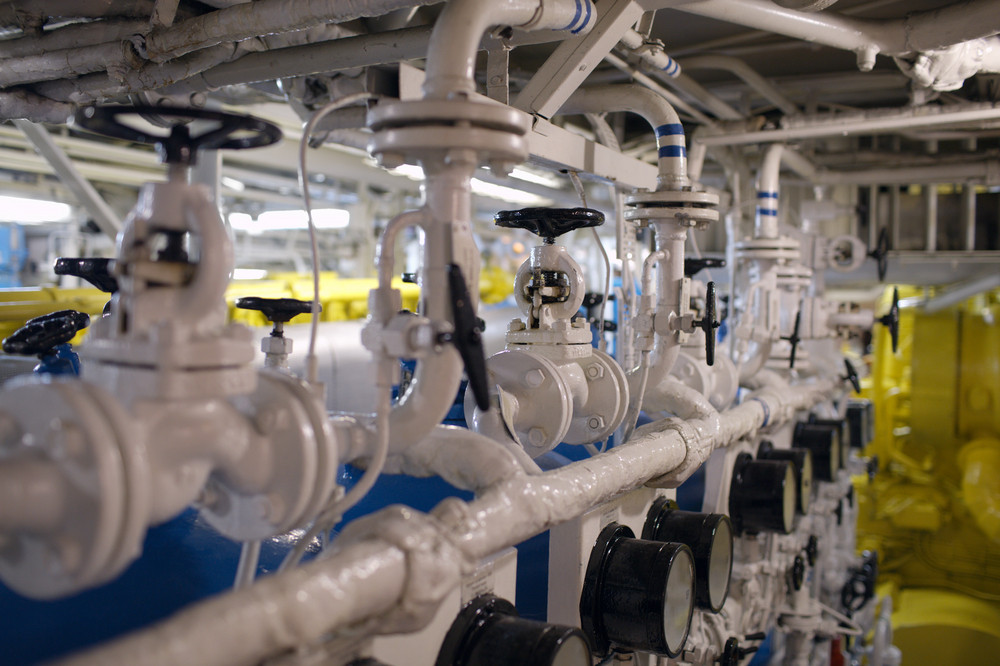Hydraulic systems are an integral part of modern engineering and industry, providing power and motion to various mechanisms. These systems leverage the power of fluid under pressure to perform work, which makes them essential in numerous sectors. From simplifying complex tasks to enhancing efficiency, hydraulics have transformed the way industries operate today.
How Do Hydraulic Systems Work?
Basic Principles of Hydraulics
The fundamental principle behind hydraulics is Pascal’s Law, which states that a change in pressure applied to an enclosed fluid is transmitted undiminished to every point of the fluid and to the walls of its container. This principle allows hydraulic systems to precisely control and amplify force. Fluid mechanics, a key concept in understanding how these systems operate, involves the study of fluids and the forces on them.
Hydraulic systems utilise incompressible fluid to achieve the load-bearing and force transmission requirements necessary for various applications. The system’s design ensures efficient and reliable distribution of force, making it an ideal choice for repetitive and heavy-duty tasks. The seamless conversion of fluid pressure into mechanical energy is a testament to their high efficiency.
By utilising the basic principles of hydraulics, industries can achieve precise control over machinery processes. This precision is unattainable with traditional mechanical systems alone, underscoring the value of hydraulics in critical applications. With an understanding of these foundational principles, the versatile nature and reliability of hydraulic systems become evident.
Components of a Hydraulic System
A typical hydraulic system comprises several critical components, each performing a unique role in the generation and control of power. At the heart of the system is the pump, which moves the hydraulic fluid through the circuit. Cylinders and fluid reservoirs complement the pump by storing fluid and converting hydraulic power into linear motion, respectively.
Valves within the system regulate the flow and pressure of the hydraulic fluid, ensuring accurate operation and efficiency. Hoses and tubes act as conduits, directing the fluid from one component to another, making flexible and reliable connections. These interconnected elements work in harmony to achieve a fluid and controlled transmission of power.
The seamless integration of these components ensures a harmonious operation of the hydraulic system, providing precise control over power. It is this attention to component design and function that allows for the exactitude and customisation necessary to meet varying application demands. Collectively, these parts facilitate optimal system performance and longevity.
What Are Common Applications of Hydraulics?
Industrial Usage
In the industrial sector, hydraulics are employed to power a variety of machinery, dramatically enhancing productivity. Manufacturing processes use hydraulic presses and injection moulding machines, which rely on the precise application of force for shaping and forming materials. Such machines are critical for mass production as they deliver consistent performance and results.
Robust hydraulic systems are commonly found in assembly lines, where they perform repetitive tasks with high efficiency and precision. The flexibility to rapidly adapt changeovers and maintenance schedules is achieved through the resilience and modularity of hydraulic systems. This adaptability is essential in modern manufacturing environments that require quick responses to market demands.
In addition to increased reliability, hydraulic systems offer improved safety features, reducing the likelihood of accidents and equipment failures. This attribute is crucial in heavy industrial settings where operational risks are high. By ensuring smooth and safe operations, hydraulics help maintain rigorous safety standards in the workplace.
Construction and Heavy Machinery
Hydraulics are pivotal in the construction industry, playing a critical role in powering heavy machinery. Excavators, for instance, use hydraulic systems to control movement and apply significant force to dig and move the earth. Similarly, cranes rely on hydraulics for lifting heavy loads, offering the power and precision necessary for construction sites.
Bulldozers, another example, employ hydraulic systems for efficient grading and earth-moving operations. This reliance on hydraulics allows such machinery to perform in various terrains and conditions, providing versatility and robustness. It is through hydraulics that these machines can operate continuously and reliably under high-stress conditions.
The ability of hydraulics to handle large loads with precision makes them indispensable in construction and earth-moving equipment. These systems offer significant advantages over mechanical counterparts, particularly in terms of load-carrying capacity and control. Consequently, hydraulics ensure that tasks are completed safely, efficiently and on time, greatly contributing to the success of construction projects.
Hydraulic systems play a vital role across countless industries, providing powerful and precise motion control that is indispensable in various applications. Their versatility, coupled with advantages such as power efficiency and reliability, make hydraulics a cornerstone technology. As industries continue to evolve, the importance of hydraulics in shaping our mechanical and engineering landscapes cannot be understated.
